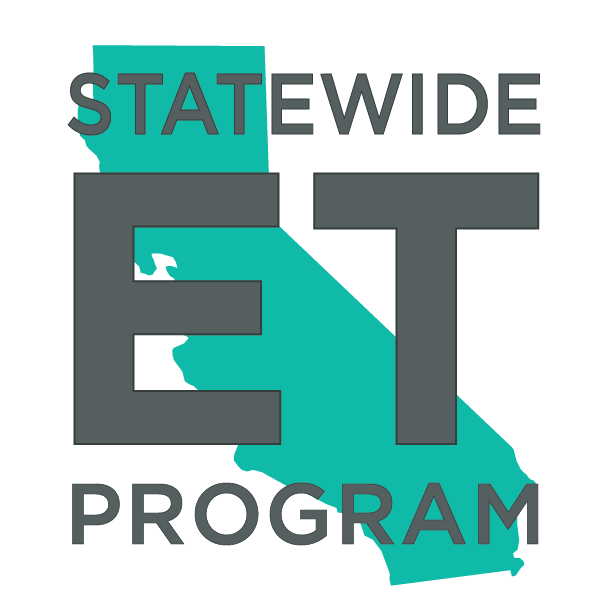ET25SWE0059 - Outdoor Lighting Toolkit Validation
Outdoor lighting systems have evolved considerably in the past twenty years since the first California outdoor lighting baseline assessment project was completed in 2003 (CEC, 2003). When the 2003 study was completed, light-emitting diode (“LED”) fixtures didn’t exist in any form, and so Metal Halide (“MH”) lamps were the primary light source chosen for parking and other high-output applications in the commercial space. Most roadway applications utilized High Pressure Sodium (“HPS”) lamps due to long life expectancy and high lumen maintenance. Where light pollution presented a problem (for example, light interference near observatories), Low Pressure Sodium (“LPS”) lighting provided a narrow spectrum solution (DTIC, 1984).
The rapid advancement of LED technology and the increasing stringency of Title 24 outdoor lighting and controls codes make all new projects and recent renovation and retrofit projects much more difficult to accomplish with a high degree of certainty using 2003 field audit methods. When the 2003 baseline study (CEC, 2003) methods are applied today to newer outdoor lighting sources and controls technology, potentially large and unknown variance in power demand and energy consumption are introduced. This is because the old assumptions of photocell lighting controls (or photocell plus late-night timeclock) are no longer valid, and even when those assumptions were a fair representation of the market, objective data for baseline load profiles was elusive and unverifiable. Because current outdoor lighting systems can be dimmed, can have motion response, continue to have part-night or timeclock implementation, and additionally are required by code to have some mixture of these applications in many circumstances, confidence in end-result data collected using 2003 methods is very low.
The proposed project is Phase 2 of a 3-phase effort to produce and field test a new outdoor lighting measurement procedure toolkit for updating outdoor lighting baselines Statewide. In Phase 1, CalNEXT project ET24SWE0055 (CalNEXT, 2024), field study methods were collected and evaluated for verification of outdoor lighting loads in the current technology environment. Surveys and interviews of leading lighting experts (representatives from academia and industry) were conducted to assess new methods. From this effort, an outdoor lighting measurement approach was defined within a framework of dynamic attributes (e.g., fixture operation hours) and static attributes (e.g., fixture counts), for assessment with both high-fidelity and low-fidelity approaches. The identified high-fidelity data collection approach would be ground-level physical fixture and lamp count or drone photometry, while the corresponding low fidelity data collection method might include balloon photography, identification of a lighting zone, and corresponding illuminance from satellite images.
A main conclusion from ET24SWE0055 is that the best future approach for balancing cost-effective data collection with predictive reliability is a mix of high and low fidelity data collection methods combined with a machine-learning model. Where ‘ground truth’ or high-fidelity data are not cost-effective to collect, the machine learning model takes any mix of low collection cost data as input and produces predictions of the data of interest. The model will become more generalizable and more reliable as more high-fidelity data become available to correlate with low-fidelity and low-cost collection.
This proposed project is the data collection phase of creating and validating a toolkit and model (CalNEXT, 2024) to predict outdoor electric lighting loads and illuminance values using direct measurements and indirect methods along with concurrent directly metered lighting loads. The project team will select outdoor sites in CA and collect geo-tagged illuminance data using new methods (e.g. drone photometry) simultaneously with the collection of ‘ground truth’ measurements.
Analyzing the datasets, developing machine-learning solutions, and validating the approach and model against metered lighting loads will occur in a future Phase 3.
References:
California Energy Commission (CEC), 2003. California Outdoor Lighting Baseline Assessment. “https://filesnewbuilding.s3.amazonaws.com/wp-content/uploads/2015/11/A-…
CalNEXT, 2024. ET24SWE0055-New Toolkit for Outdoor Lighting Baseline Updates.
Defense Technical Information Center (DTIC), 1984. “Astronomy and Sodium Lighting”, RAND note. February.
